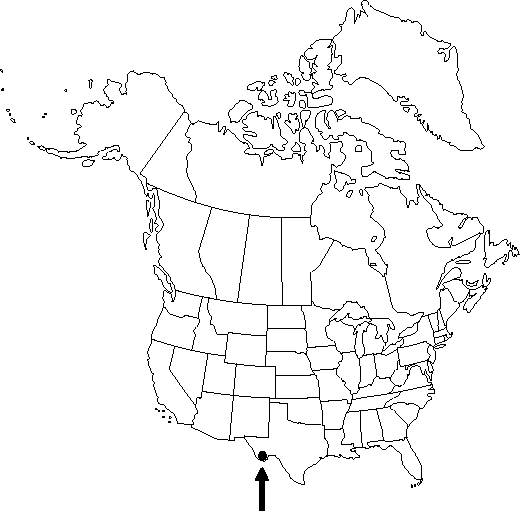Juniperus flaccida var. flaccida
Trees dioecious, to 12 m, single-stemmed to 1–2 m; crown globose. Bark cinnamon to reddish-brown or gray to reddish-brown, exfoliating in broad interlaced fibrous strips, that of small branchlets (5–10 mm diam.) smooth, that of larger branchlets exfoliating in wide strips or plates. Branches drooping; branchlets flaccid, 3–4-sided in cross-section, ca. 2/3 or less as wide as length of scalelike leaves. Leaves green, abaxial gland variable, elongate, conspicuous, exudate absent, margins appearing entire at 20× but with irregular teeth at 40×; whip leaves 4–6 mm, not glaucous adaxially; scalelike leaves 1.5–2 mm, overlapping by 1/4–1/5 their length, apex rounded to acuminate, spreading. Seed-cones maturing in 1 year, of 1 size, with straight to curved peduncles, globose, 9–20 mm, tan-brown to brownish purple when mature, glaucous, obscurely woody, with (4–) 6–10 (–13) seeds. Seeds 5–6 mm.
Habitat: Rocky soils and slopes
Elevation: 900–2900 m
Discussion
This variety is found in Big Bend National Park, Texas. It is abundant in Mexico, where two additional varieties occur: var. poblana Martínez and var. martinezii (Pérez de la Rosa) Silba.
Selected References
None.
Lower Taxa
"overlapping" is not a number."thick" is not a number.
